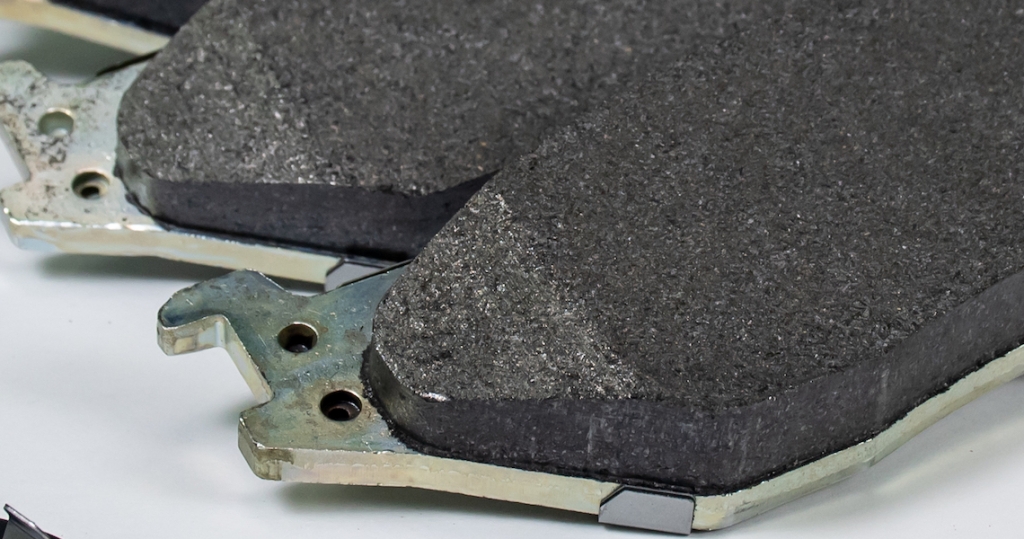This answer is courtesy of NRS Brakes:
A majority of after-market brake pads today use steel backing plates that, in their raw condition, are already susceptible to corrosion; this, owing to the fact that they are not pickled-and-oiled. This is then further compounded by the use of inconsistently-applied adhesives to bond the friction material to the back-plate; and, the adhesives are easily thermally degraded during normal service. After the pads are hot-pressed and ground to final thickness, paint is applied, often under the mistaken notion that it is a corrosion inhibitor.

A simple, effective, one-step manner to address the series of above shortcomings is by engineering a Safety Braking Zone into the brake pad at the interface between the friction material and back-plate. The Safety Braking Zone is comprised of Galvanized Hooks at the back-plate surface. The Hooks provide mechanical retention of the friction material overcoming inadequacies of the adhesive usage. The Galvanic protection prevents corrosion and its ingress affording a very robust rust inhibition over the life-time of the brake pad. At the very least, brake pads ought not to be replaced for back-plate corrosion well before they actually wear out!
So why should you know a little bit more about this? The consequence of overlooking this solution, as we know from actual vehicle testing, is an elongation of braking stopping distance by 46 feet (or 14 meters).
Check it out right here.
Click here for more information on galvanization of brake pads
